The sangoma or traditional healer have been practicing traditional medicine for centuries across Southern Africa.
These shamans play vital social and political roles in the community, including acts such as divination, healing physical and emotional illnesses, directing birth or death rituals, finding lost cattle, protecting warriors, counteract witchcraft, and narrating the history of their traditions. Read on to learn more.
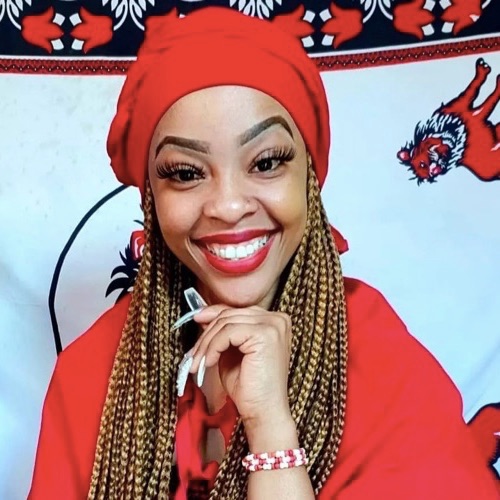
Sangoma vs Inyanga
There are two types of healers commonly found in Southern African societies: the diviner and the herbalist. The former being the sangoma and the latter being the inyanga.
Although the term sangoma is most often used to describe all Southern African traditional healers, there are distinctions between the various practices.
For instance, an inyanga is focused mainly on medicines made from plants and animals. Whereas a sangoma relies primarily on divination for healing purposes and might also be considered a type of fortune teller.
In 21st century, many aspects such as colonialism, urbanisation, apartheid and transculturation have make it difficult to differentiate between the two arts.
As a result, traditional healers usually practice both types of healing methods. Moreover, the term “sangoma” has become synonomous with a traditional healer.
The importance of Traditional Healers
In South Africa, it is widely believed that there are 200,000 traditional healers. By comparison there are 25,000 doctors trained in western medicine.
About 60% of the South African population consults traditional healers, often in addition to modern biomedical services.
Traditional healers believe that in order to have a life free of trouble, it is important to obtain harmony between the living and the dead. To show respect to their ancestors, they perform rituals. These may include burning plants such asimphepho (Helichrysum petiolare), dancing, chanting, channelling or playing drums.
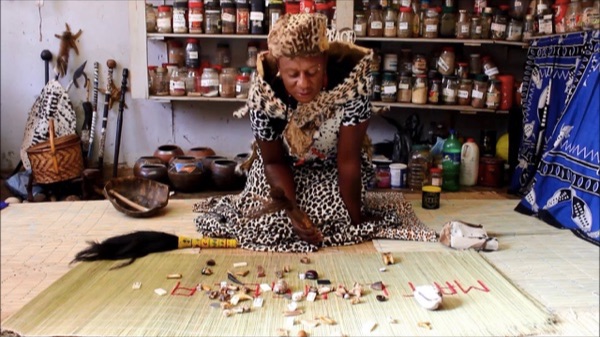
A traditional healers will often give their patients muti—medications made from plant, animal and minerals—imbued with spirituality. For example, lion fat might be prepared for children to promote courage since it is such a powerful symbol.
No matter what you are going through, there is a medicine for it. There are potions for physical and mental illness, social disharmony and spiritual difficulties, as well as protection, love and luck.
Sangoma Traditions
A sangoma is a ngoma philosopher, which is a belief system that worships ancestral spirits. They often practice traditional African medicine as well, utilizing medicinal plants and various animal body fats or skin in their remedies.
They heal using a holistic and symbolic approach that is based on the beliefs of the Bantu people in South Africa. These peoples believe that their ancestors who have passed away still guide and protect them from beyond the grave.
Sangomas are indigenous healers who work in a hut known as an indumba. They use traditional healing methods to communicate with their ancestors. They also ask for guidance on how to treat physical, social, and spiritual illnesses.
When an ‘indumba’ is not accessible, a small sacred place called imsamo can be substituted.
Sangomas connect with their deceased ancestors to gain wisdom and advice for patients. This is done through either spirit possession. This is where the ancestor takes control of the Sangoma’s body; mediumship, throwing bones, or by interpreting dreams.
In states where sangoma possession is common, the shamanic practitioner will work themselves into a trance through drumming, dancing and chanting. This clears the way for an ancestor to take possess their body and communicate directly with the patient. The effects of this can be seen in their dancers who appear to go beyond what their natural ability would allow.
The sangoma will communicate with the patient’s specific ancestors in an indigenous Southern African language. Speaking to them through normal conversation or speaking in tongues. It should be noted that not every sangoma follows identical rituals or beliefs.
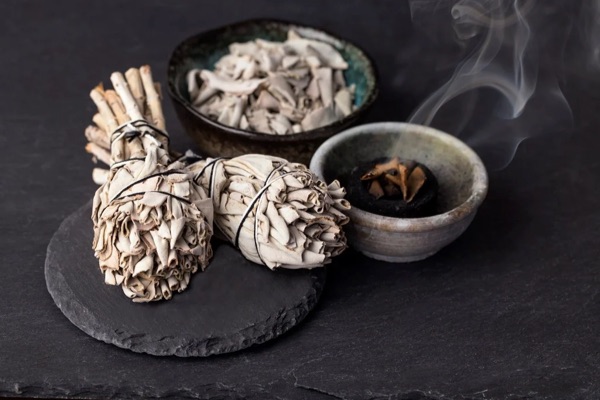
Ancestral Spirits
There are two types of ancestral spirits: those that are personal to either the sangoma or the patient, and those that are more general to the area or community.
It is believed that the spirits have the power to intervene in people’s lives who work to connect the sangoma to the spirits that are acting in a manner to cause affliction.
For example, a crab could be invoked as a mediator between the human world and the world of spirit. This is because crabs are able to transition seamlessly from living on land to submerged in water.
Ngoma is thought to bring harmony between the battling helping and harming spirits which reside in the human body, thereby relieving the patient’s suffering.
To communicate with the ancestors, a sangoma may burn incense (like impepho) or offer animal sacrifices. Snuff is also used as part of prayer.
Healing Practices
The end goal for a sangoma during healing is to create balance and peace between the patient and any harmful spirits that might be causing their illness or problem. The healer steps in as a mediator between the patient and the afterlife in order to help make things right again.
Appeasing the spirits can be done through atonement rituals such as divination, purification, or animal sacrifice.
After the sangoma throws the bones as part of a divination ritual, they interpret the results to divine advice from ancestors. This is done in lieu of having the ancestor possess them, which can be quite taxing.
A patient will visit the diviner in order to receive help for an existing condition or problem. The sangoma must then diagnostic the issue and find a resolution.
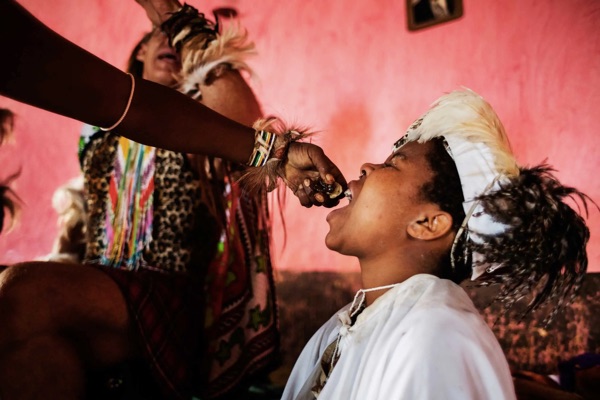
Before performing the bone-throwing ritual, the healer should ask for the patient’s name and surname. The ancestors are then called by name, starting with the names of the initiators, followed by the healer’s own ancestors’ names, and finally those of the patient.
When a patient or diviner throws bones on the floor, it may include animal vertebrae, dominoes, dice, coins, shells and stones. Each of these items has a specific significance to human life. For example, a hyena bone signifies a thief and will provide information about stolen objects.
The sangoma or the patient throws the bones but it is really the ancestors who decide how they will land.
Interpreting the Event
The interpretation of this event in relation to the patient’s afflictions, what sort of guidance from their ancestors the patient requires, and how to resolve disharmony is under control of them as well. In a similar way, sangoma’s interpret metaphors that are found in dreams. Whether these be their own dreams or their patients’.
After coming to an understanding of the problem with the patient and receiving their agreement, the diviner must ask the ancestors for help through bone throwing.
After consulting the bones, the sangoma will give the patient instructions on a course of medicine. This could involve taking ngoma, seeing a herbalist, or following a Western medicine regimen.
Sangoma Clothes
Sangoma dress code is based on the colors that represent their relationship with the ancestors. Although there is no specific equipment or dress code required in South Africa, each color has a meaning and purpose. Red is often the most common colour worn by a sangoma. Sometimes you’ll see it in modern sangoma dresses.
One characteristic element of the dress code of many sangoma’s is the wearing of a goat’s gallbladder that is tied into the hair at the back of the head.
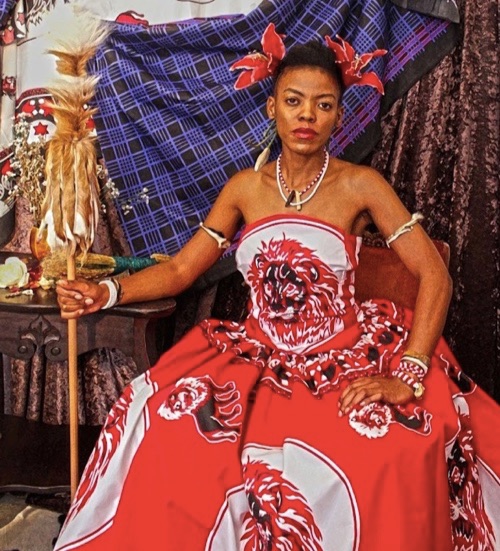
The gallbladder from a goat slaughtered during a sangoma’s graduation is said to “call the ancestors.” This is typically worn around the neck, shoulders, and body along with a cluster of goat horns and bead containers filled with various herbs and medicines. A cow-tail whisk and stick are also common elements of this regalia.
The Sangoma’s whisk, which is a symbol of dignity, is used during dancing and also to sprinkle certain medicines. The Sangoma may wear strips of goatskin taken from the initiation goat as straps that crisscross his/her chest.



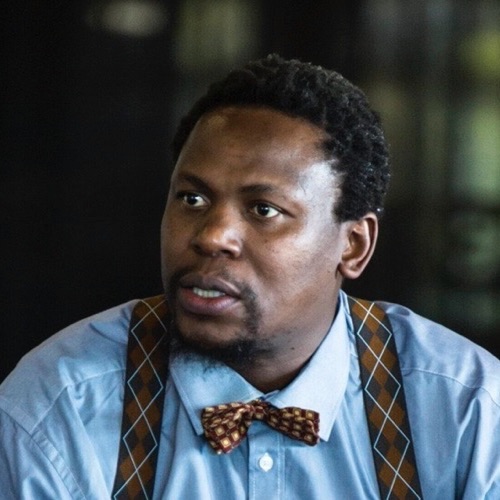
Hello Grace,
I am interested in learning more about Tsonga culture and the Xitsonga language. I was in Limpopo Province last year and will be returning again this year. I wish to acquire more information about the Tsonga in South Africa from sources other than academia. Can you recommend a good book or other info source?
Thank you,
Mike Miller